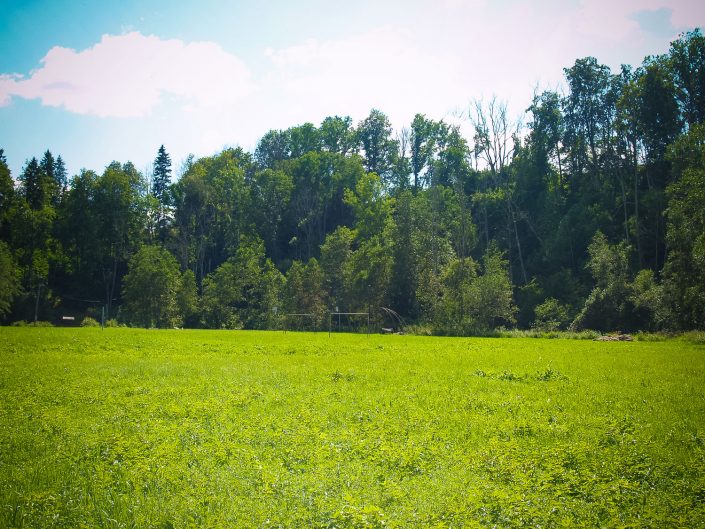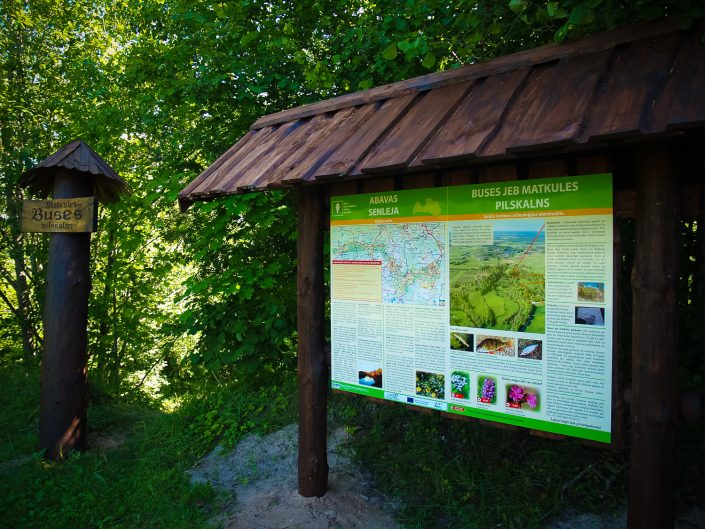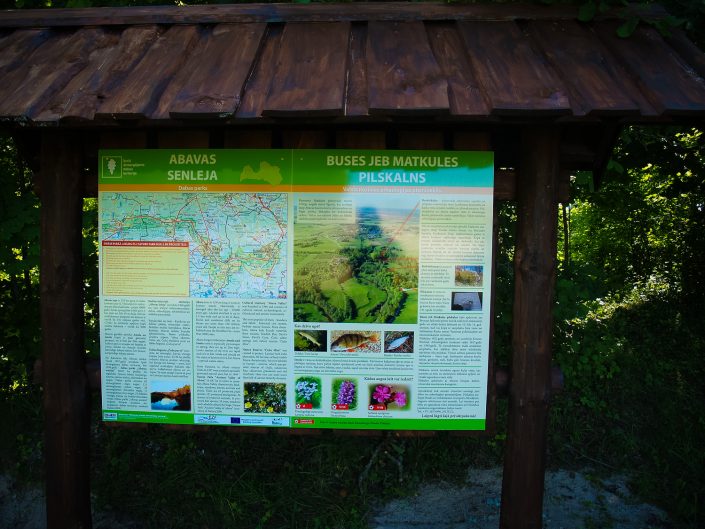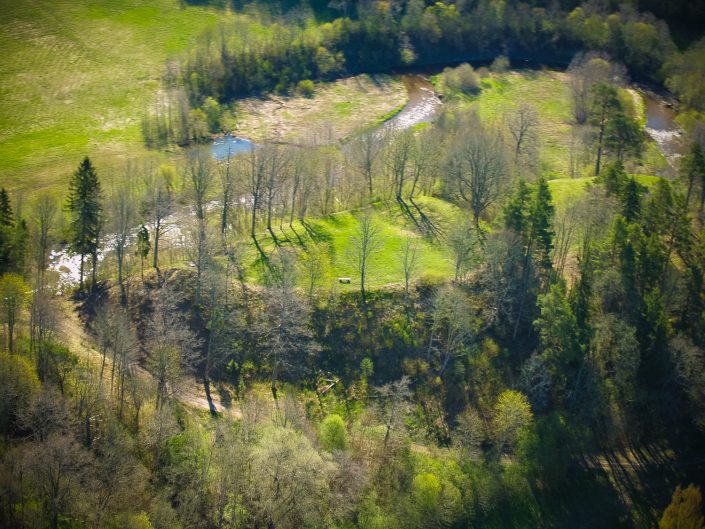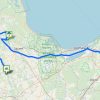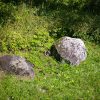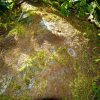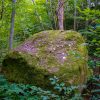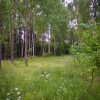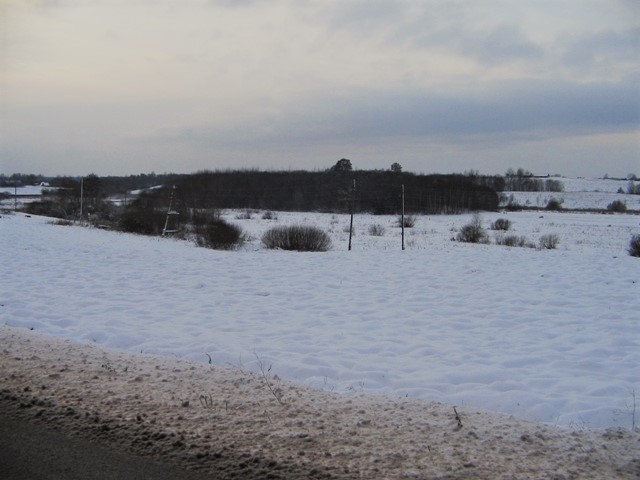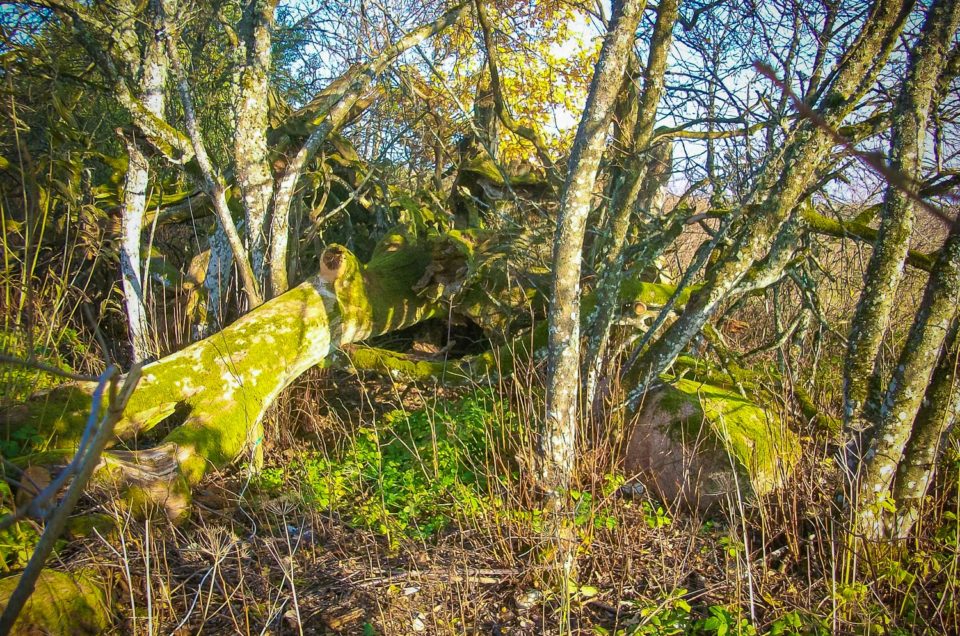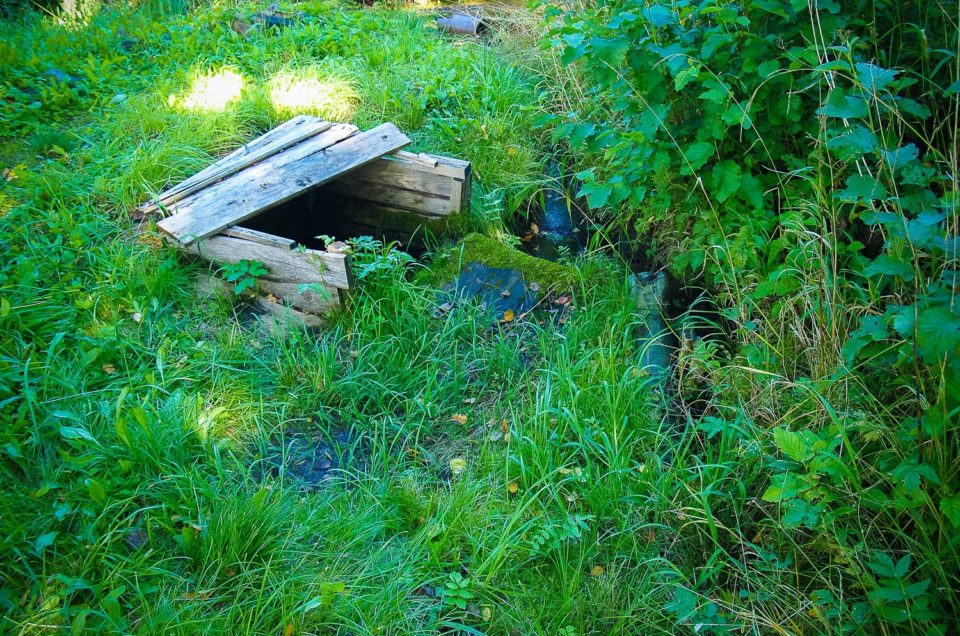The Buses Church Hill is situated about 200 m S of the Buses Hill Fort on the bank of the Imula River. The detached roundish Church Hill overgrown by trees is six, seven meters high against the nearby surroundings, but against the Imula River — a 15 m high hillock with the plateau of ~80 m. Already in 1869, a Baltic Germans’ researcher A. Bilenstein, when describing the Church Hill, came to a conclusion that on it there had never been a Christian Church and the Church Hill should be considered to be an idol hill typical for Kurzeme. In later times there is news that in the hill or near it they found artefacts there. During the archaeological excavation works led by E. Šturm in 1937 , it was established that the top of the Church Hill was covered by a layer of sod with a 10 – 15 cm deep layer of fine limestone and its pieces, under which there was blue fine clay. Above the stones, there were only some animal bones found, but in the northern slope of the hill they found a grave of a person, apparently a woman, buried during the Medieval Period with a round sakta (brooch) and a coin given along. The surface of the Church Hill covered with limestone, the significant name of the hill and its proximity to the Buses Hill Fort with an ancient town and a burial ground indicate that the Church Hill could be an ancient people’s meeting place and a sacred site.
The Buses Hill Fort is a distinguished archaeological monument that is being taken care of, it is much visited and used for various events, inter alia, also as a new sacred site. There are signs indicating the hill fort by the Plostakrogs – Matkule highway; a good countryside road leads to the hill fort through the Buses homestead, by the hill fort there is a facilitated parking lot, at the edge of which there is an information stand with a large air photo marking the places of the Buses archaeological complex, including the Church Hill.
Extra materials:
Contains information from the project:

Added by
www.latvijas-pilskalni.lv, www.senvietas.lv un hillforts.eu izveidotājs un uzturētājs.
